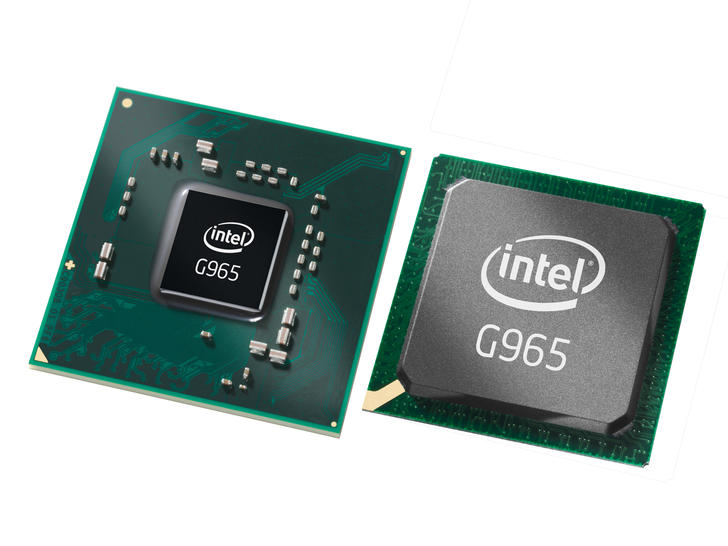
The P45 supports both dual-channel DDR2 (800 MHz - up to 16 GB capacity) and dual-channel DDR3 (1066 MHz - up to 8 GB capacity), and it will be up to motherboard manufacturers to decide which standard to support. However, considering even older generation P35 boards could easily hit 1800 MHz FSB speeds with little work, there is no doubt in our mind that P45 Express boards will easily hit 1900-2000 MHz+ FSB speeds given the proper BIOS controls. Currently, Intel only recommends the X48 chipset for front side bus speeds over 1333 MHz. The P45 Express supports Socket-775 Core 2 Duo/Quad processors at up to 1333 MHz, which means “official” 1600 MHz FSB support is still out of the mix. The P45 and P43 products are the “high-end” and “low-end” models which do not have integrated graphics support, while the G45 Express and G43 Express are the “high-end” and “low-end” models which do have Intel’s new integrated graphics engine, the X4500 / X4500HD. As implied by this naming schema, these four products are very close in terms of features, capabilities, and performance.

Those four products are the G45 Express, G43 Express, P45 Express, and the P43 Express.

While all of these new chipset products which are being launched today are based on the same core architecture, Intel has segmented this one architecture into four individual products.

The products which are launching today will make up the lion’s share of Intel’s chipset lineup until their next generation high-end X58 chipset launches with the Core 2’s successor, codenamed Nehalem. The names and specifications of these products have been rumored and reported on for the past few months, although today everything is set in stone and products are beginning to hit the market. Today at Computex, Intel has officially launched their updated lineup of x45-series chipsets, which will likely be the last major mainstream chipset launch from Intel on the Core 2 platform as we know it today.


 0 kommentar(er)
0 kommentar(er)
